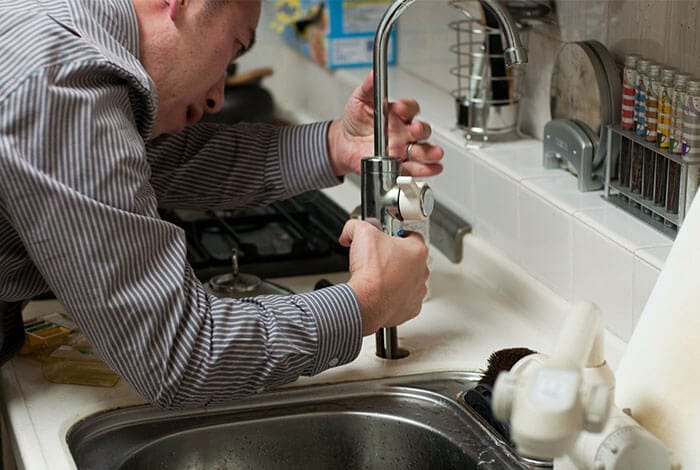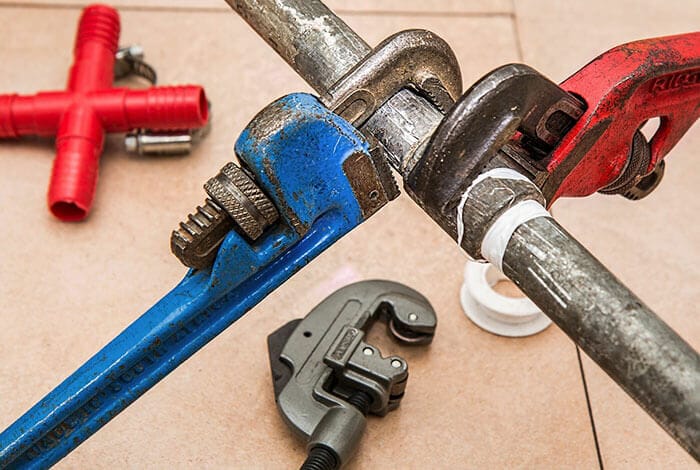Over the years we have been asked many questions. Below are the ones we answer most frequently. If you have additional questions, don’t hesitate to get in touch with us.
They are plumbing shorthand terms for common things we encounter on the job. Here are some of the most used ones:
Is the top of the flange level with the finished floor? If it is too low, try two wax rings. One regular on the bottom and one (or more) with the plastic horn insert on top. I have seen leaks if the glued flange is not glued in all the way. Take a look at that – if your floor and flange are flush. Sometimes you will need to shim the toilet if the floor is uneven or the flange is too high.
High pressure is making my toilet run, even with a new balltap!
If your water pressure is so high that it leaks past a Fluidmaster 400A or another new balltap (aka toilet fill valve), you need a pressure-reducing valve. Water pipes, connectors, clothes washing machine hoses, and water heater could leak or break. Getting a pressure regulator is best if your pressure to the house is more than 60 pounds. 80 is code throughout most of the United States.
Get the best results by using the large donut gasket – use the type that is square cut inside to match the shape of the nut on the bottom of the tank. A sealant will not help! Tighten the bolts evenly to the point where the tank is snug on the bowl. Use caution – over-tightening will break the bowl and/or tank.


To get a snake in, you take off the overflow plate. That’s the chrome thing on the tub with two screws. When you pull it out, two sections of the stopper mechanism will come with it. It’s hinged so it will bend through the hole. The chances are that hair caught on the end of this mechanism is clogging your drain – you may not even to snake it.
Note that a snake will NOT go through the drain hole at the bottom of the tub.
The washing machine line could be connected too closely to the ‘suds rinse zone’ – meaning that the washer waste ties into the waste or soil line of another fixture too close downstream from the problem fixture. What is happening is that the water is rushing by the suds at a high velocity, pushing ahead of them. The fixture is the closest place of relief, so the suds will come up in the fixture – even a toilet. The code requires that a washing machine, sink, shower, and dishwasher line be connected at least 5 feet downstream from any fixture branch. Note that this is only one possibility out of many for the bubbling and backup. This may also occur after a bathroom remodel.
The energy efficiency of these systems depends a lot on other factors – like the amount of heat loss from a more traditional storage system or the length of time hot water is stored before it is used. In reality, they require a lot more energy per volume of heated water than conventional systems, and they usually cannot provide enough hot water for more than one fixture at a time. The traditional storage tank can be quite efficient if the tank and hot water pipes are adequately insulated. Any full-service plumbing company can confirm this for you.
These systems do have their uses in the right situations. They tend to be efficient in locations where hot water is used only occasionally, such as some shops or where a fixture is at a considerable distance from a traditional tank storage system – such as a guest house or pool house. They can also be useful if you are adding hot water to a building where only cold water has been used, and adding a complete hot water piping system will be cost-ineffective.
It should be at least 18 inches off the floor because combustible fumes are heavier than air and will sink to the ground – and for air intake.a half-inch cap on the shower arm then turn on the pressure.